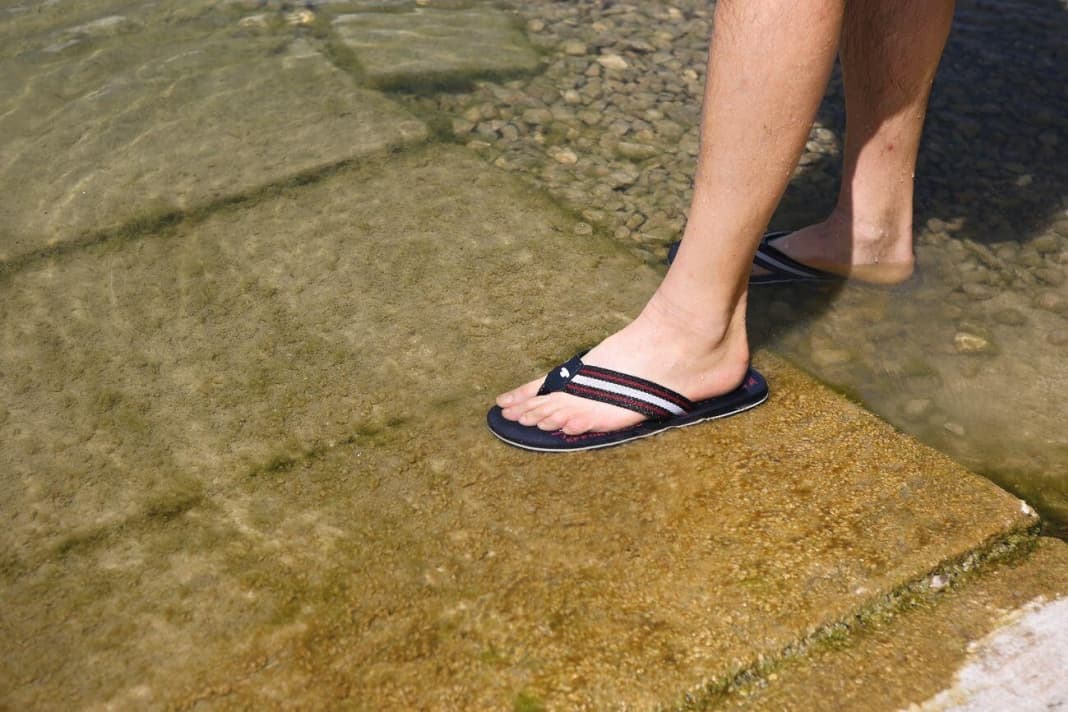





This article is part of a trailer special:
Launching the boat onto a ramp is the most exciting part of trailering. Is the length of the slipway sufficient, is it particularly slippery or steep? These conditions should be clarified beforehand to avoid any surprises. For example, if the trailer is pushed over the edge of the slipway with its wheels and half sinks. It is best to ask about these details when selecting the harbour. The harbour master knows best what kind of boats his facility can handle.
However, if there are no challenging circumstances, such as a side-setting current or strong side or onshore wind, slipping is relatively easy and even preferable to craning. This is because the owner decides for himself when and how to proceed and can abort the manoeuvre at any time if he is unsure. With craning, on the other hand, the operating personnel often dictate when it is best to manoeuvre. This can cause stress or mean wasted time.
There is also no risk of parts of the rig getting caught on the crane and getting damaged or dirty with grease when slipping. In most cases, the mast can also be set before slipping, which is another advantage. Small parts that fall out of your hand do not fall into the water and the boat does not wobble. However, the trailer should remain coupled to the towing vehicle until everything is ready to be slipped. Otherwise, the entire trailer could tip backwards if there are too many people in the cockpit and the trailer supports have not been attached at the rear.
Steep and algae-covered slipways are a potential horror scenario. There is a risk that the towing vehicle will start to slip and go down with the boat - or not find enough grip to pull the boat out of the water. All-wheel drive vehicles have a clear advantage here. If the slipway is too shallow, such as a simple lakeshore or beach, the exhaust system could possibly become submerged and the engine could die.
In both cases, it can help to tension a rope between the trailer and the vehicle. This keeps the towing vehicle dry or on level ground.
Unlashing works in the same way as unlashing, but in reverse. It is important that the boat comes to rest on the trailer in the centre and also in the longitudinal direction; subsequent corrections are hardly possible or only possible with a great deal of effort.
